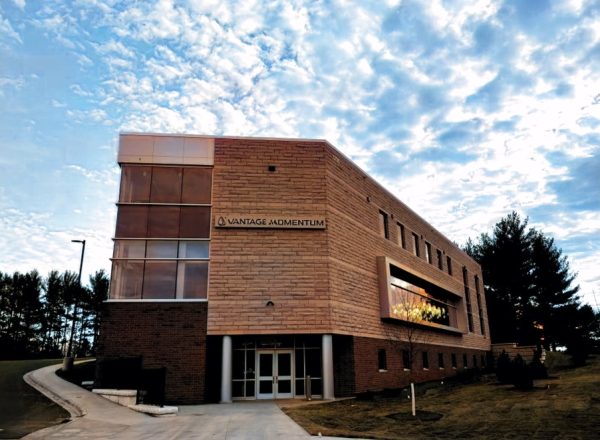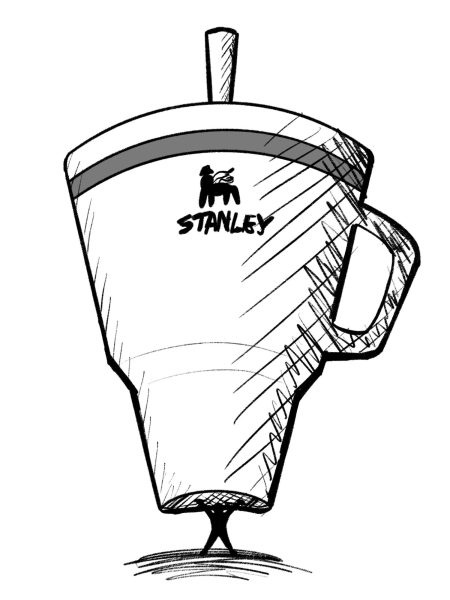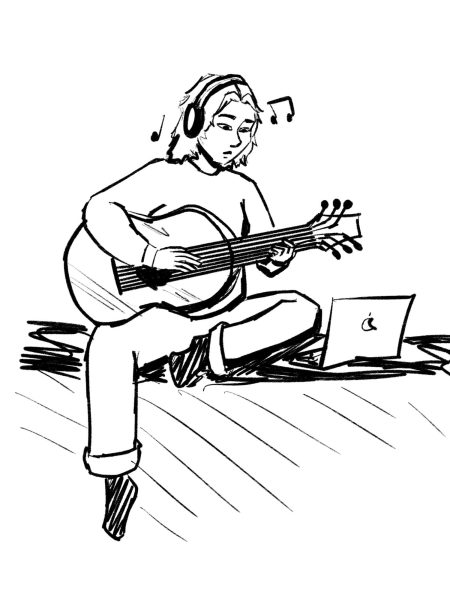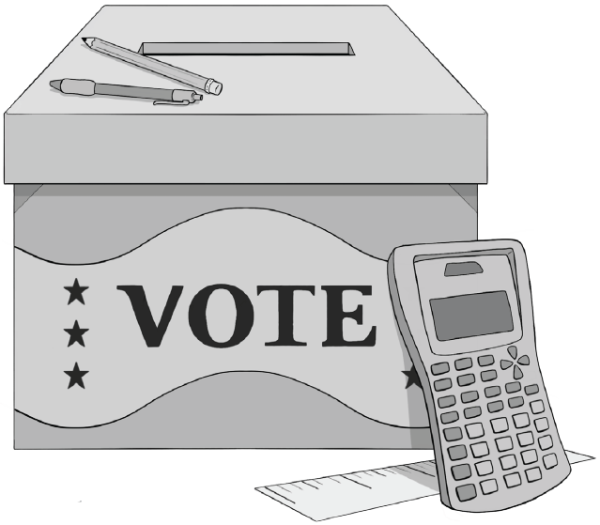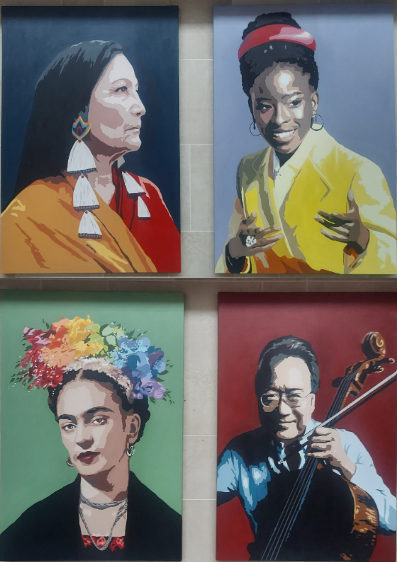The Issue of Public Transportation in the Suburbs
February 12, 2021
In most suburbs of the United States, including Minnetonka, it’s customary for teenagers to get their driver’s license, and it’s rare for people to choose not to drive. Driving personal vehicles is just how we get around with the way our suburban society is designed, but what if that wasn’t the case?
The future of transportation is unknown, but it’s clear that the amount of cars on the roads makes up a large percentage of carbon emissions, and it doesn’t have to be this way. There is great variety in how cities across the world are set up, depending on who made the decisions and with what motives, and with that comes differing levels of use of public transportation. In countries such as Japan, Germany and Spain, a driver’s license is hardly necessary because public transportation is so accessible and convenient. On the other hand, the United States still lags in that regard, and things don’t seem to be changing with any sense of urgency.
The concept of public transportation is not new; the first subway system in the United States was introduced in Boston in 1897. However, with the popularization of automobiles in the 20th century and with urban sprawl becoming more prevalent than ever, modern-day people are relying on cars more and more, and methods of mass transit are getting less attention. O
ne major issue with public transportation in the United States is that it was designed with the purpose of getting people to and around the city, but that just doesn’t fit the average person’s needs in this day and age. A lot of the commutes people take are from suburb to suburb, and often there just aren’t convenient ways to take public transportation to make those trips.
When asked about her typical commutes, Kali Engeman, ‘21, mentioned that she drives about 30 minutes to her volleyball practice, which is located in Burnsville. She drives alone in her car each time, but she says that she would take public transportation to volleyball practice if it made sense. With the current bus routes and times, her trip would involve walking in the cold and inconvenient waiting periods, so driving is just easier.
“I feel like [in Minnnesota] the cold deters people from using public transportation. You really just want to get to the parking lot and walk in; you don’t want to have to walk a ways,” Engeman said.
She raises a good point, as people’s method of transportation often depends on the weather. In Minnesota winters, the conditions aren’t usually suitable for long walks, bike rides, or waiting outside, which causes many people to drive their cars. While Minnesotans may not be able to control the weather, they can make a push to expand public transportation services,and make routes more frequent, therefore decreasing the amount of time people have to spend outside.
The issues people have with using public transportation in Minnesota are mostly fixable with increased funding and government attention, but it’s easy to lose motivation for making change when average people might not see first-hand the merits of such changes or don’t see the problems of their current ways.
Engeman pointed out a potential benefit of public transportation is that “it would be nice to just know exactly when you’re going to get there, and not have to worry about traffic.”
It’s certainly nice in concept, but in the United States, this idea continues to remain just that: a concept. How are people going to push for better methods of mass transit if they’ve never really felt the benefits of it? This is paired with the fact that, with the current system, poor people are the primary users of public transportation. Historically, this demographic has little political power, and, therefore, they are forced to use outdated and run-down methods of transport.
The Suburban Transit Association is an advocacy group that is pushing for improved public transportation in Minnesota suburbs. One of their priorities is requesting $6 million for service modernization and expansion.
Transit opportunities for suburb-to-suburb commuters are crucial to serving expanding population and job centers, and this can be done with increased funding from both state and federal government. This funding would allow for the expansion of service, including local connections and the purchase of new vehicles. Reliable vehicles lower the risk of breakdowns and other issues that cause service interruptions and delays. Investing money into mass transit systems, while still keeping it affordably priced, is what will increase the usership of public transportation in the suburbs.
Other than government inaction and lack of funding, another reason Minnesotans have a car-dependent culture is simply a lack of information about current available services. Compared to other states, Minnesota is fairly decent when it comes to the light rail system and busing routes, but most people in the suburbs just don’t know where to begin when it comes to utilizing public transportation.
“Honestly, I just don’t hear that much about it,” said Engeman. “I wouldn’t even know where to get on a bus, or where to get started using public transportation.”
One of the main ways we can move towards improved mass transit in the suburbs is by talking about it.
With a growing population and people moving to the suburbs, Minnesotans need to reconsider how they get around, for the sake of roads, the environment, and safety. Countless societies around the globe get public transportation right, but the United States continues to lag because its systems are designed in a way that can’t suit modern needs. The resistance to change comes from citizens’ complacency and comfort with driving personal vehicles, so, in moving forward, they have to push for mass transit funding and expansion and be willing to try new ways of getting around.

























